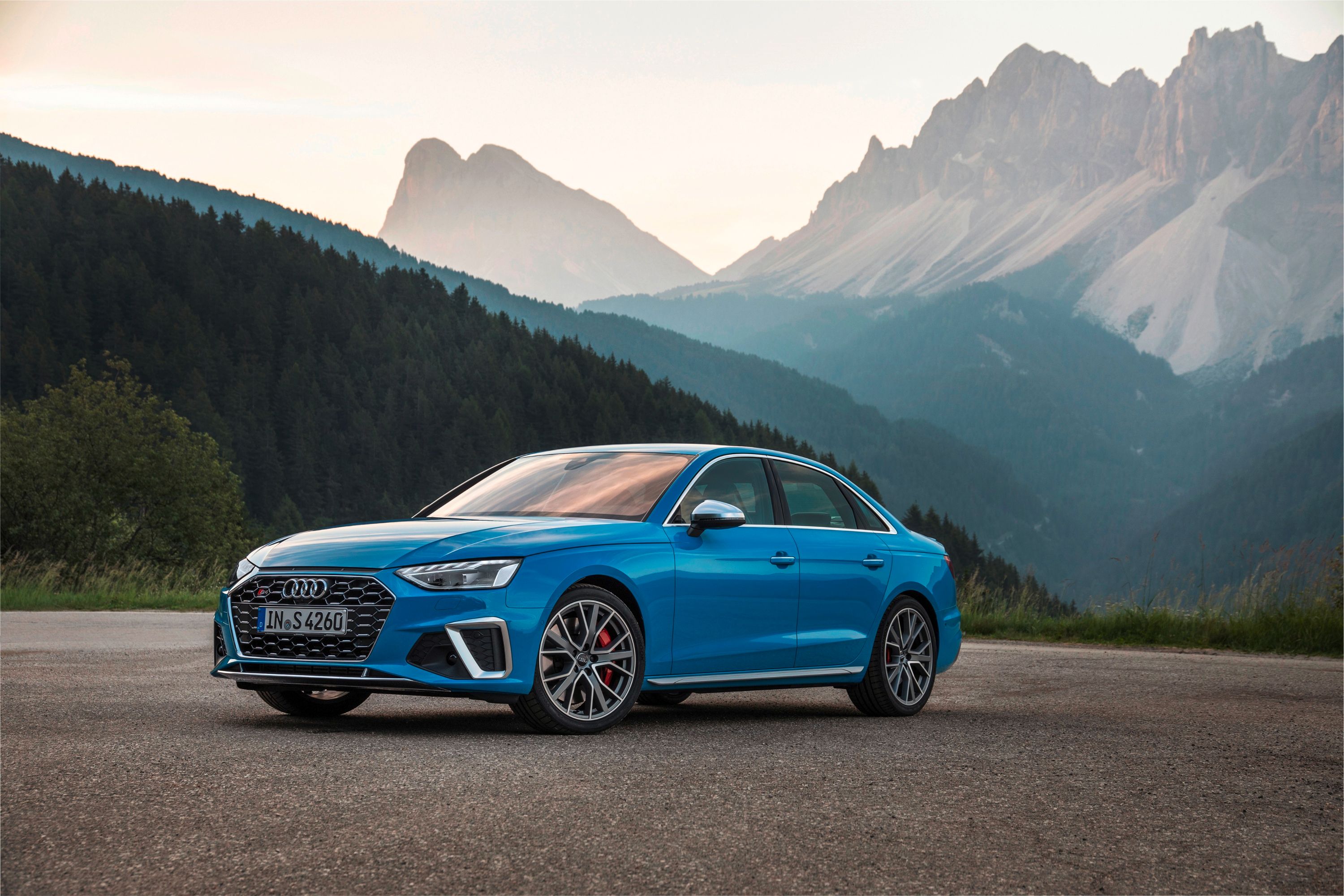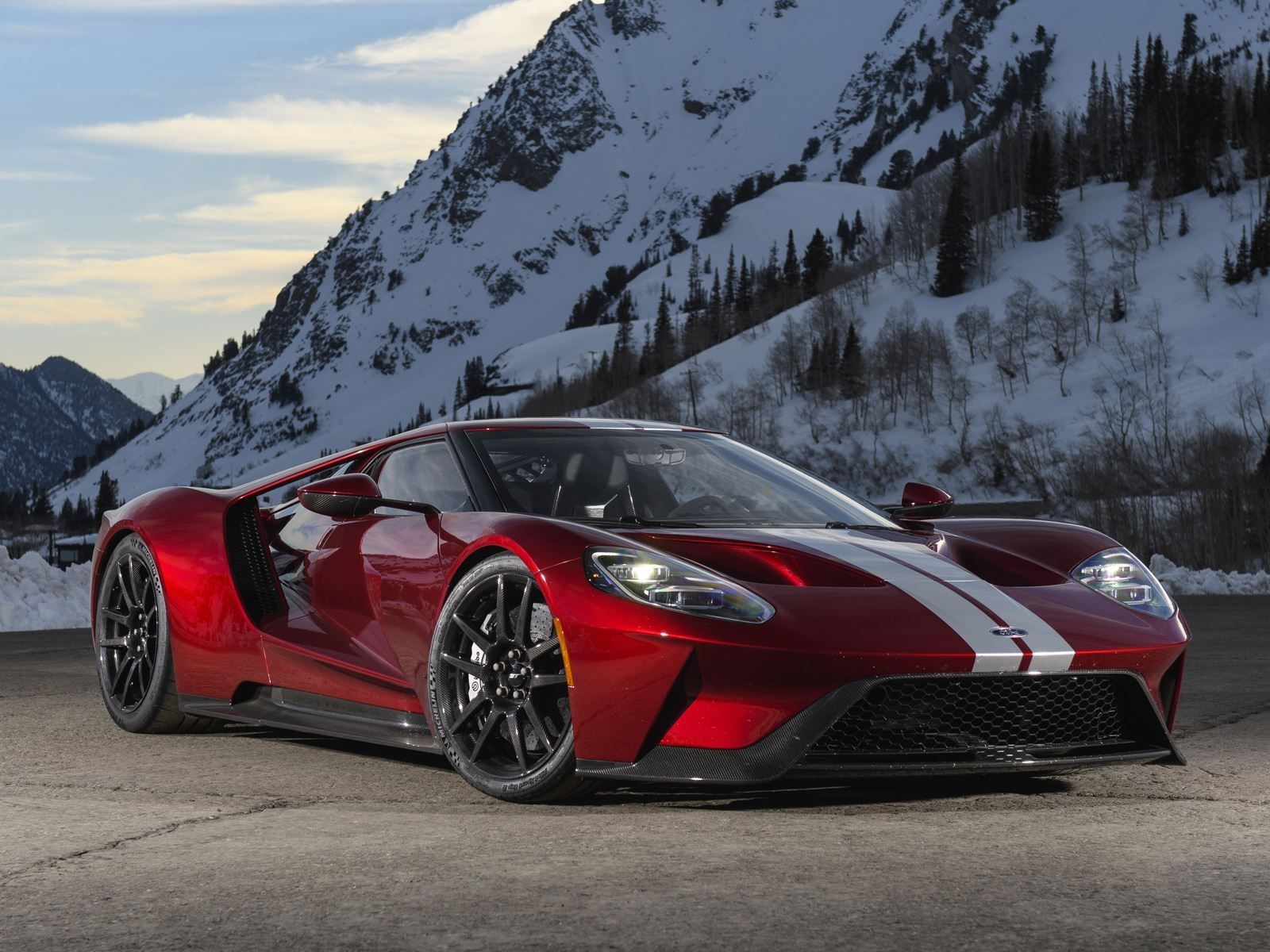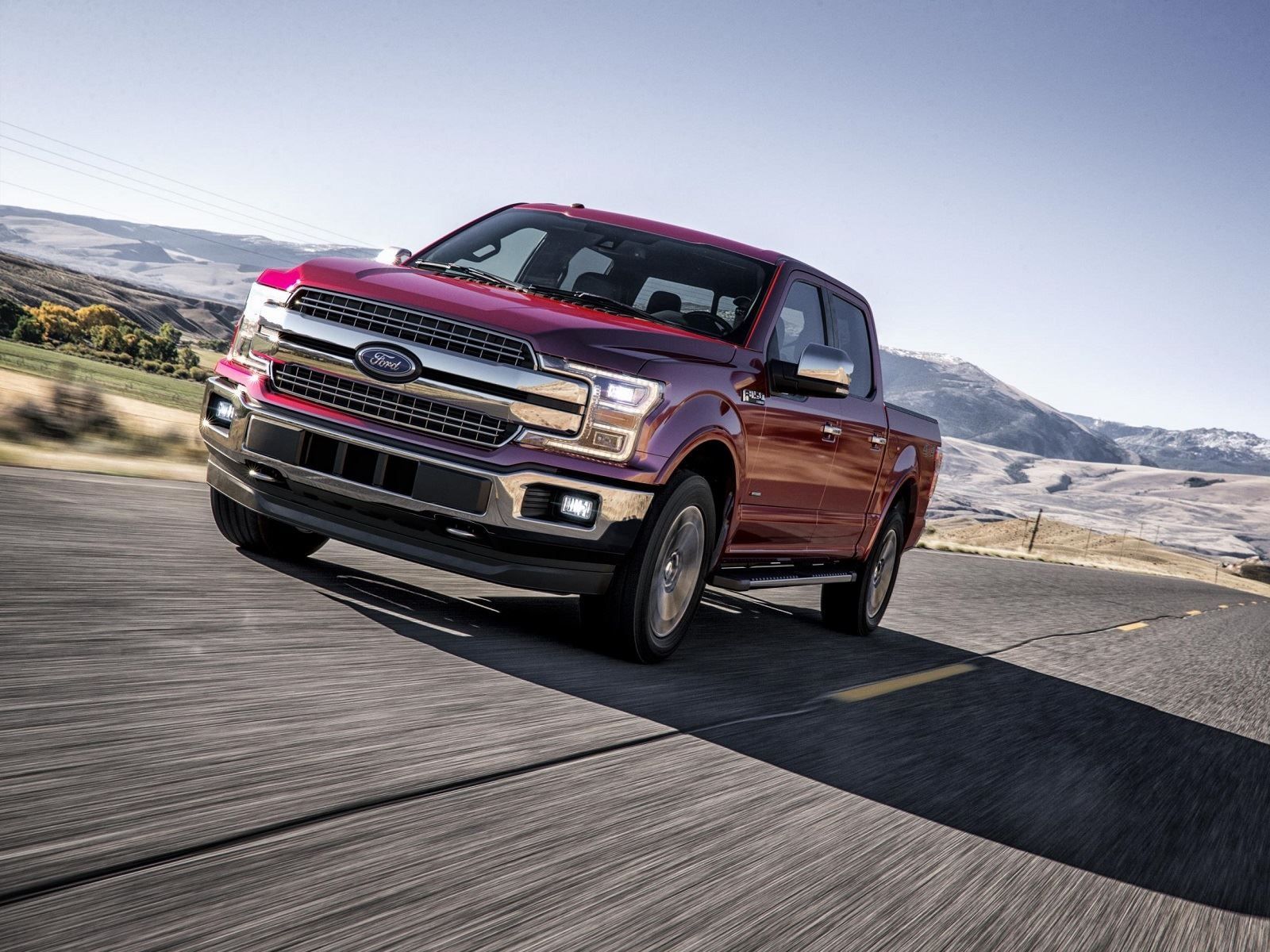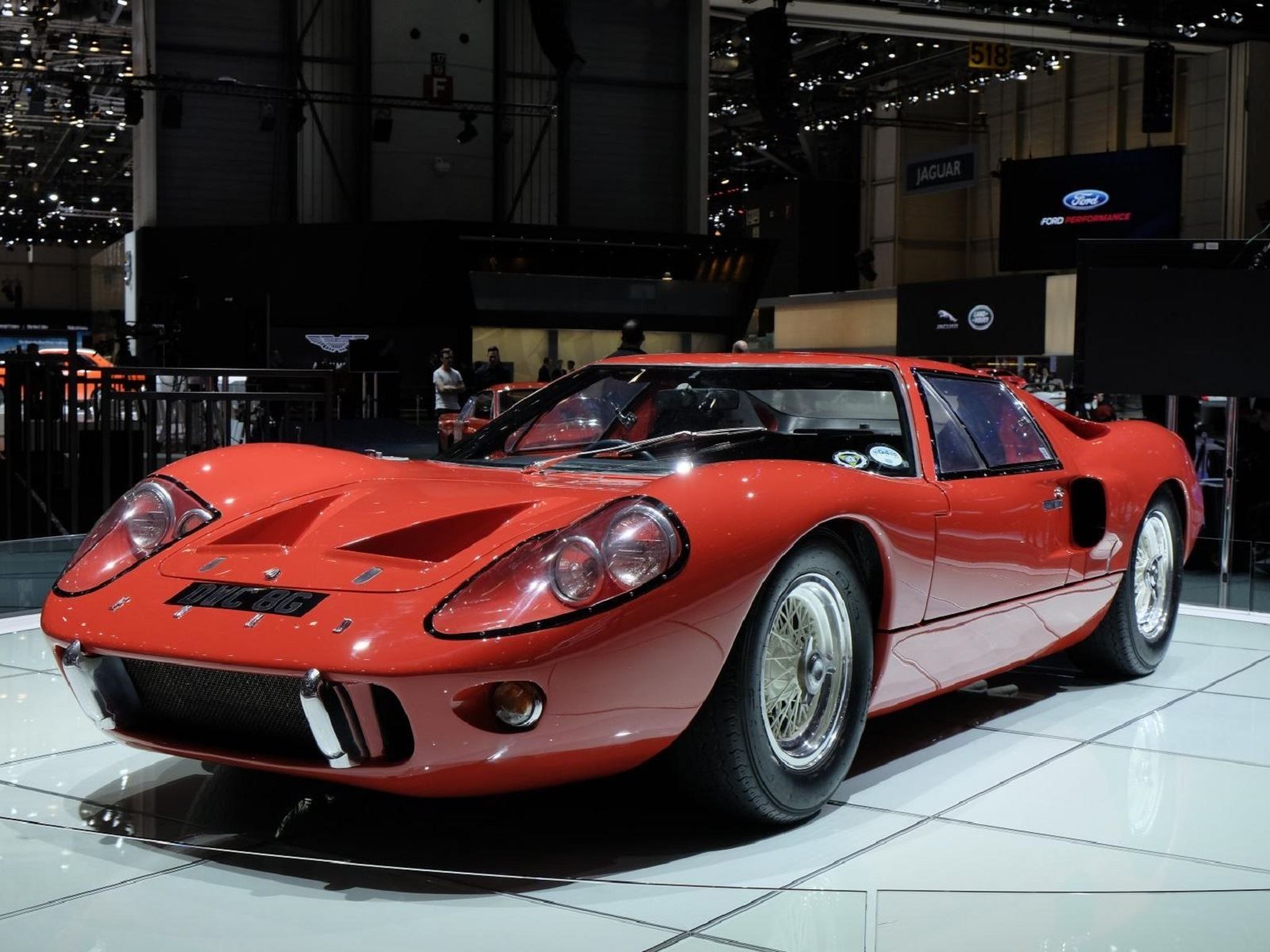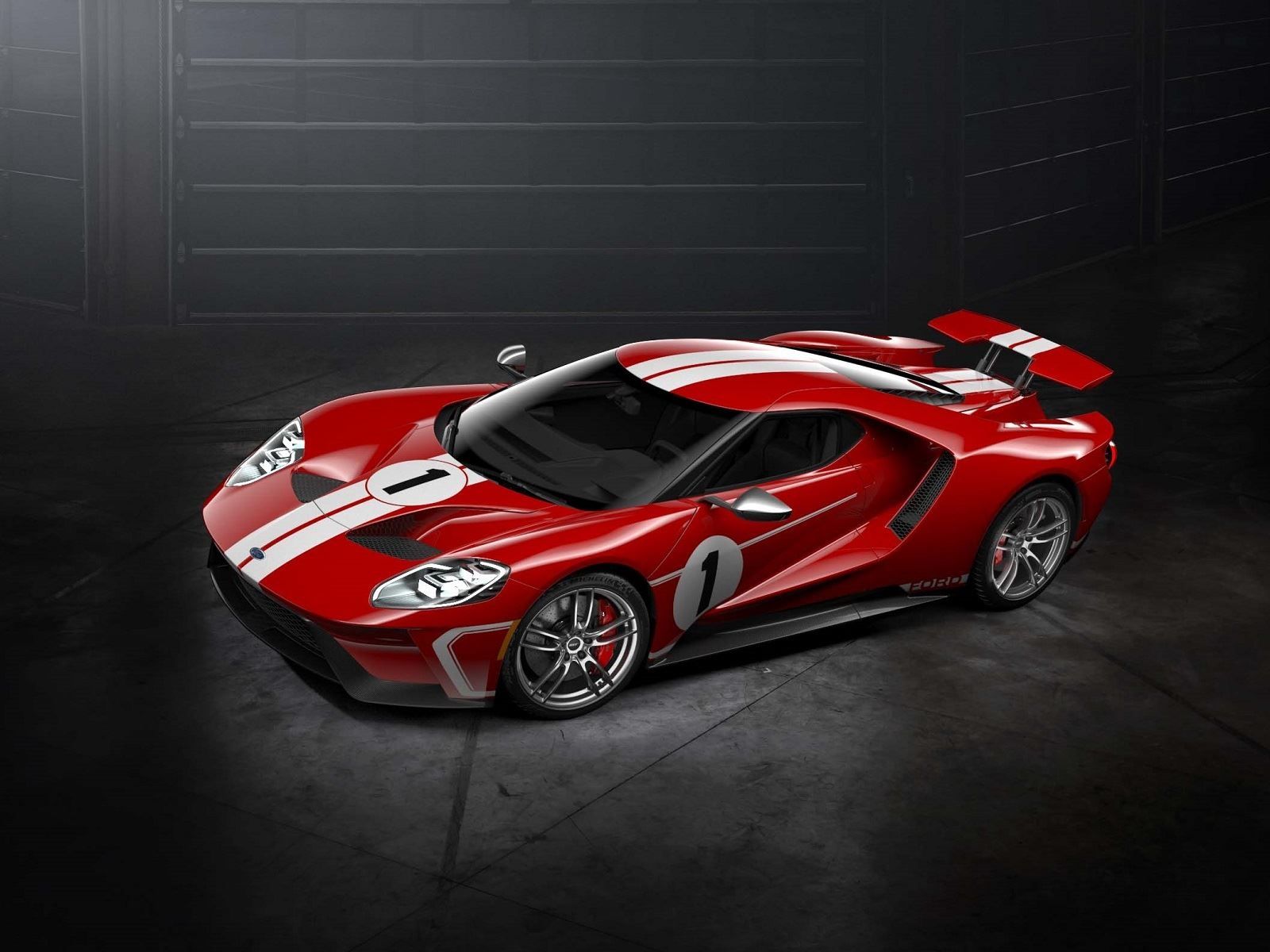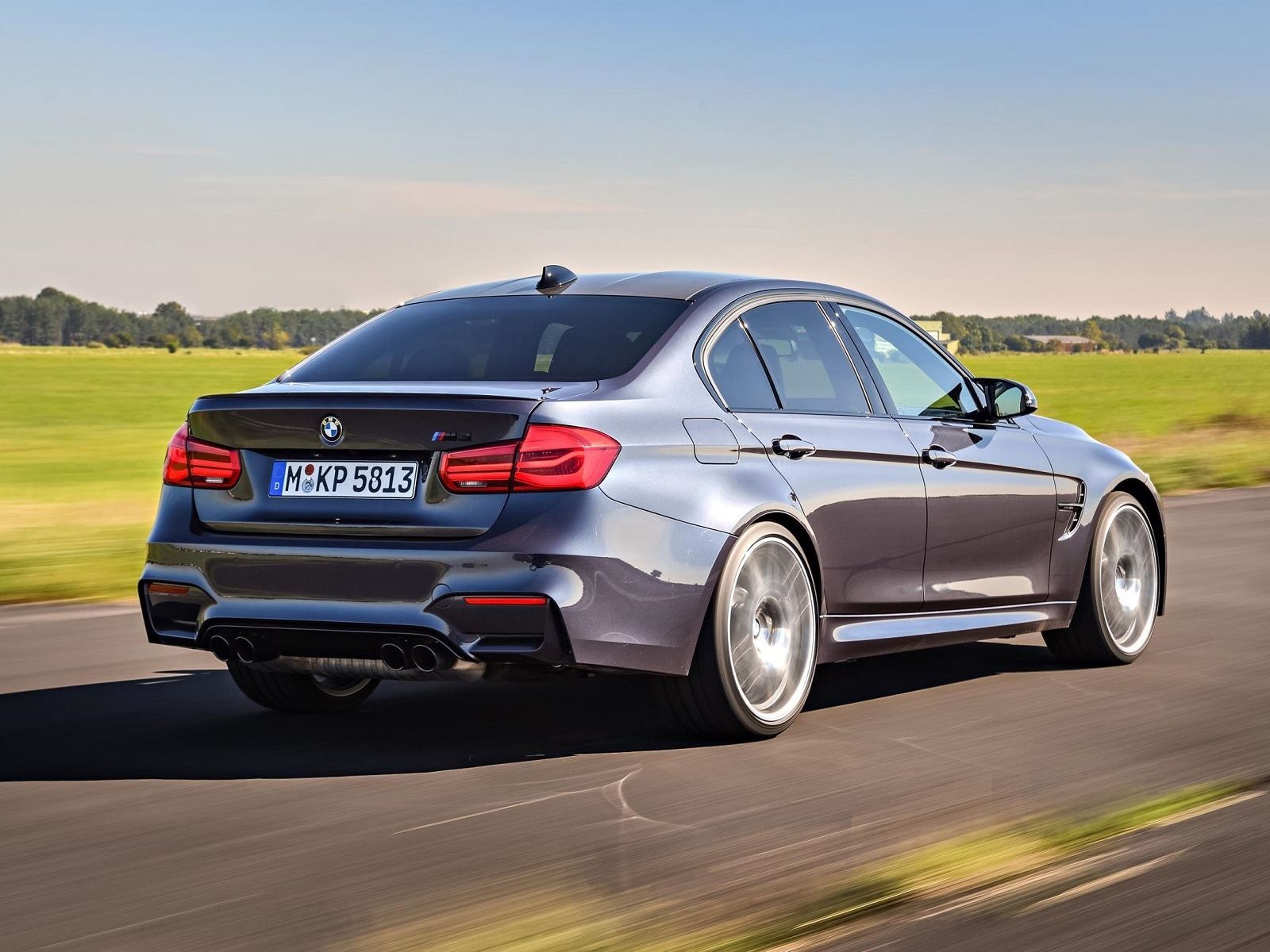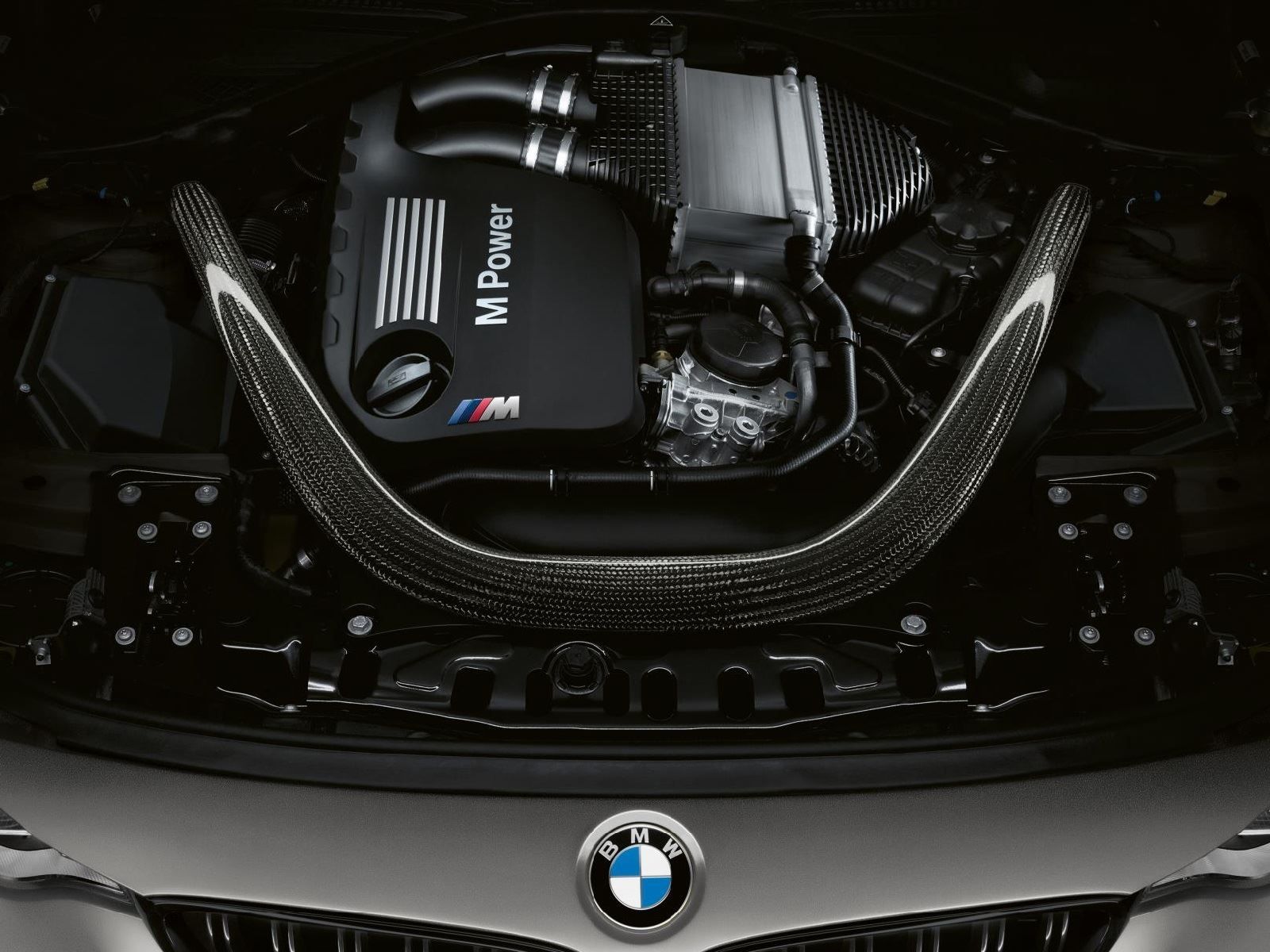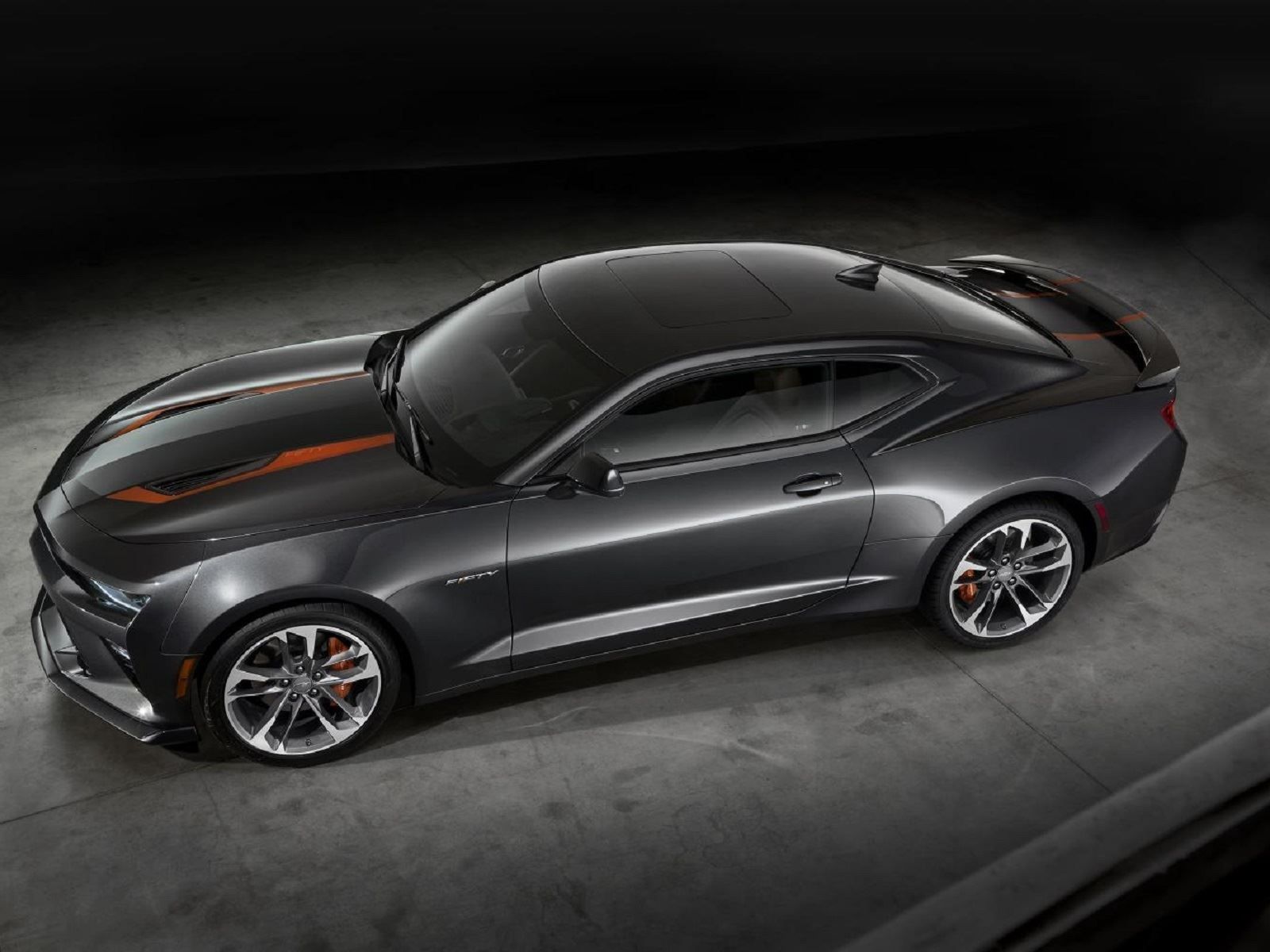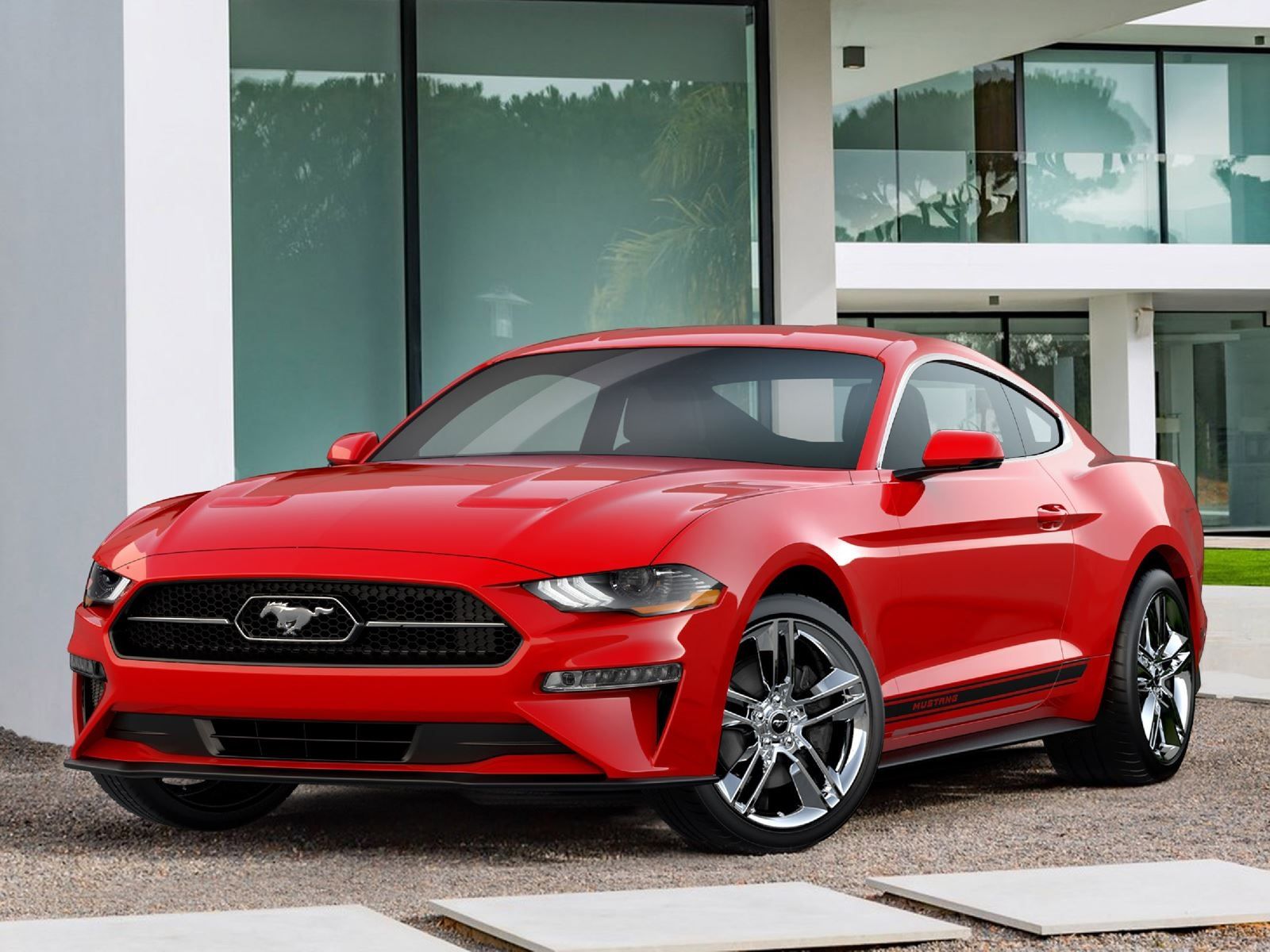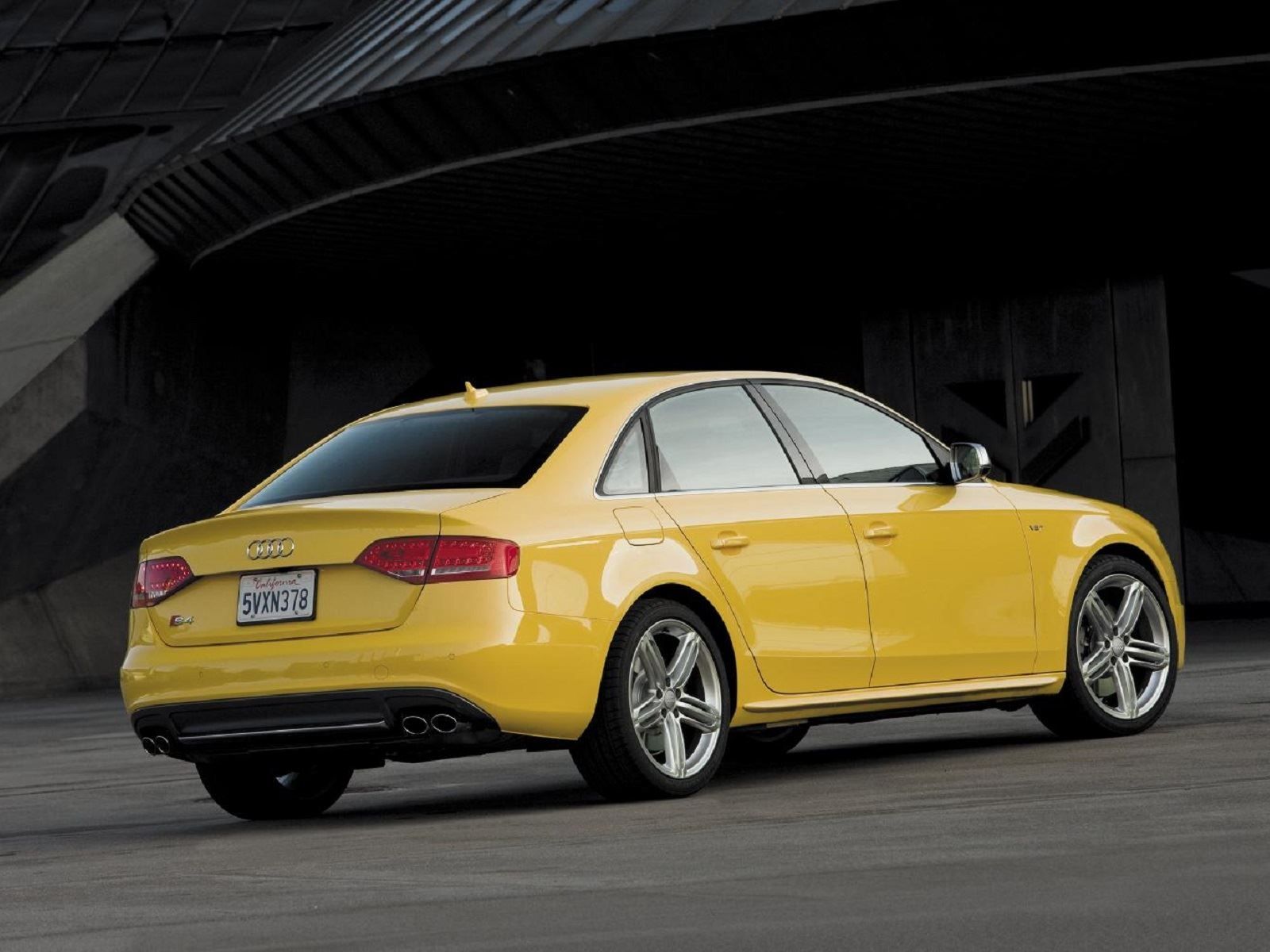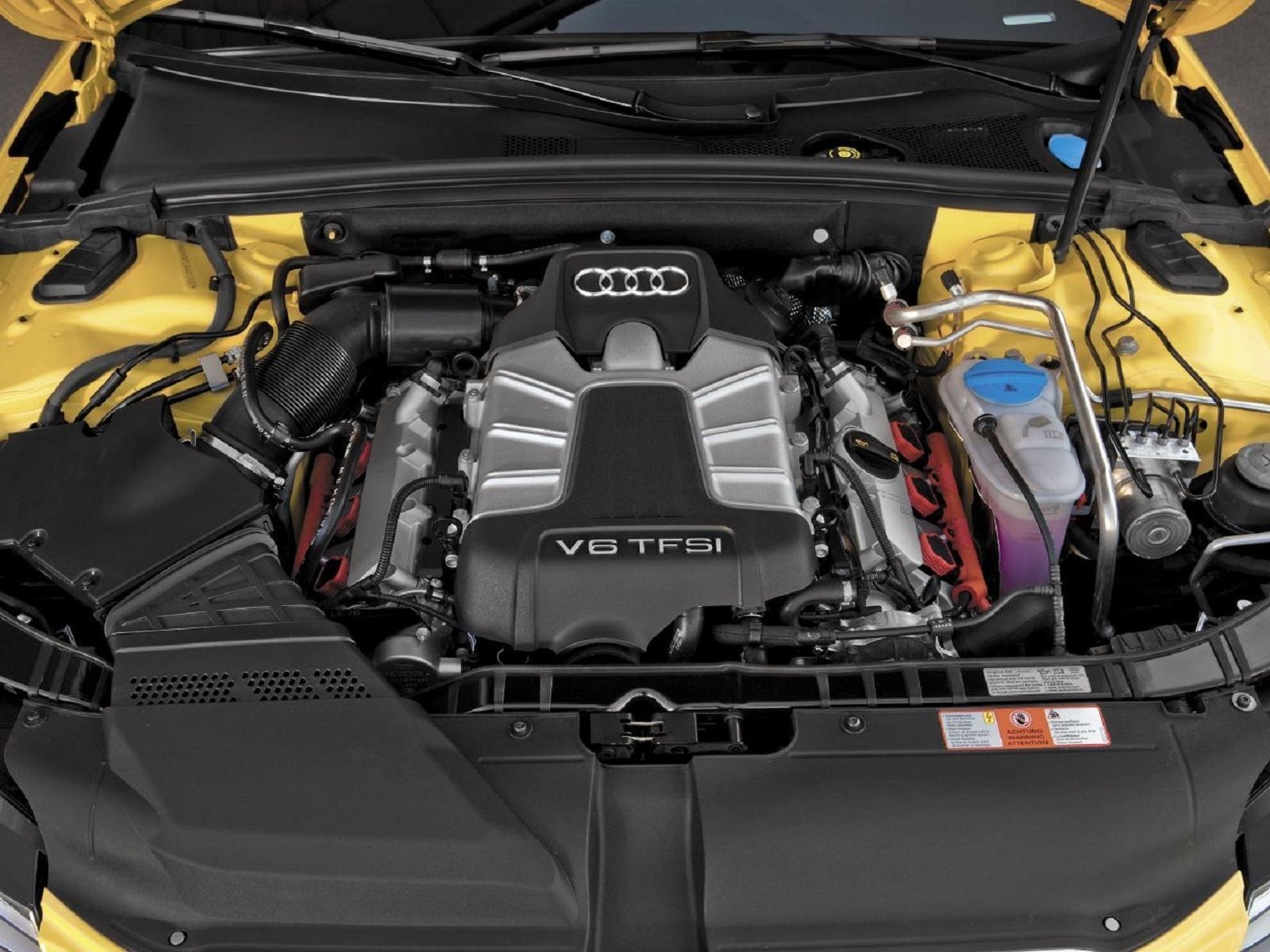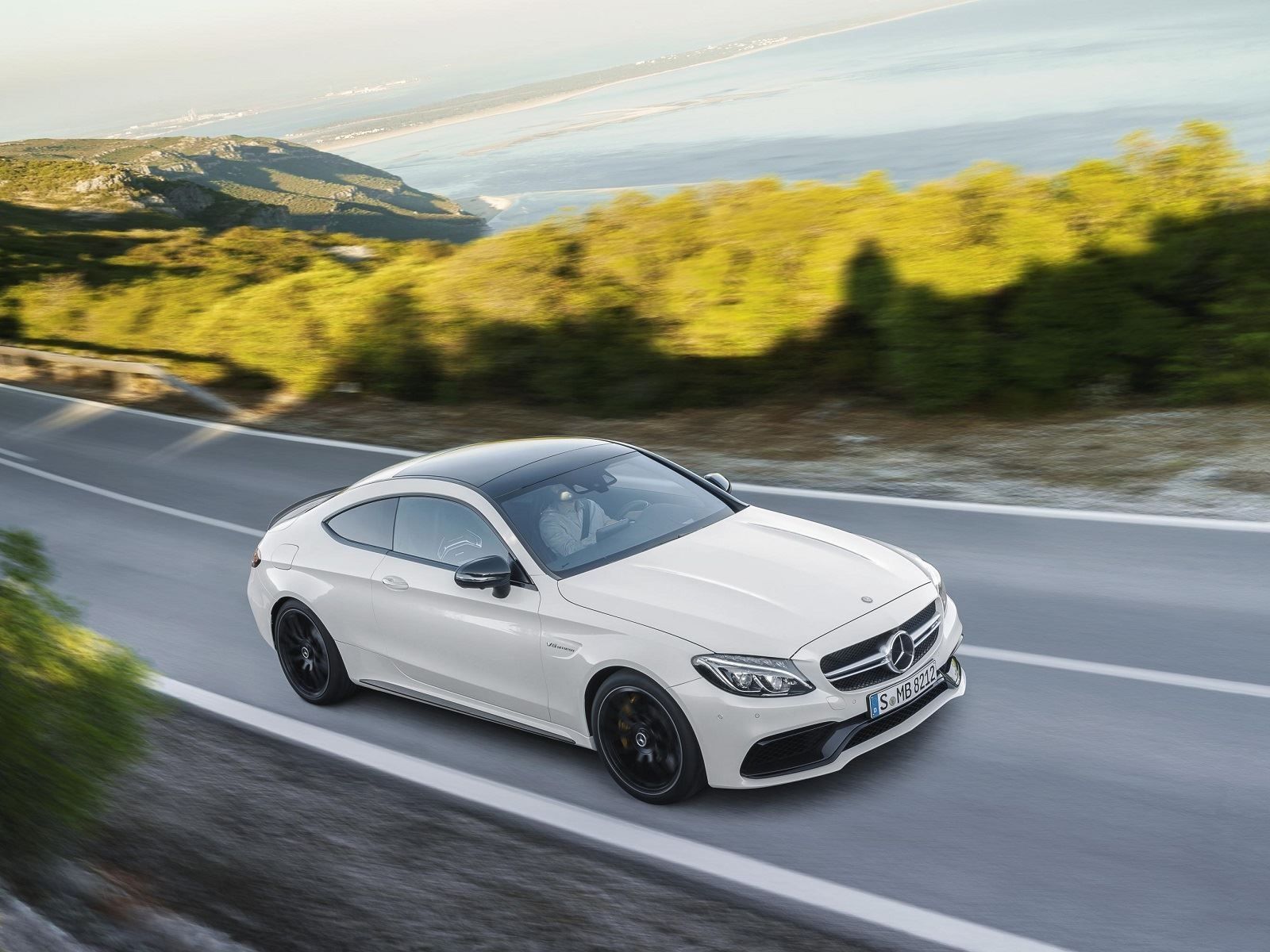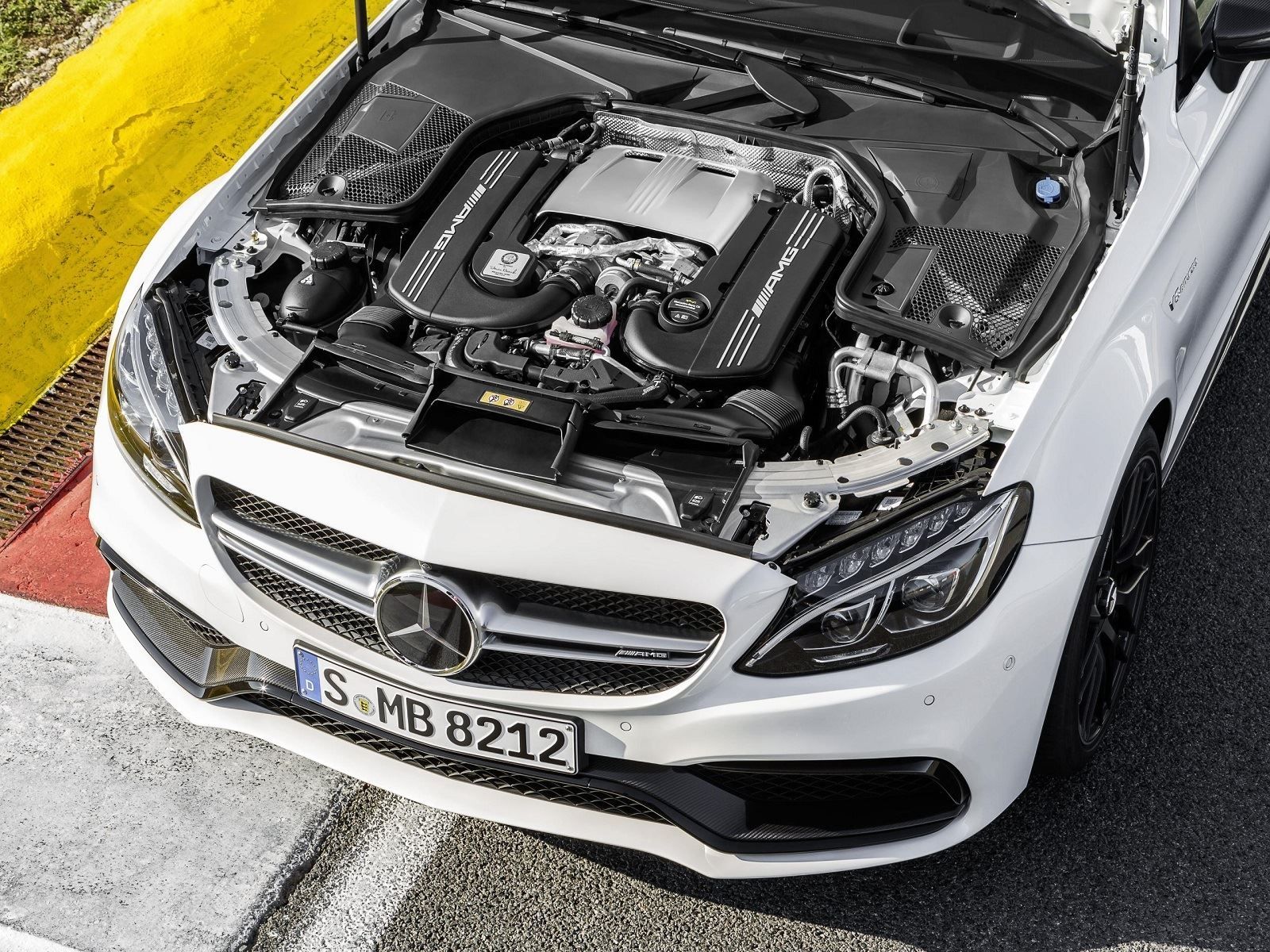The bald eagle, John Wayne and V8s, all American icons and all at various stages of extinction. Ok, so John Wayne is at the very end of this scale but you get the idea. The once unquestionable status of the V8 as the default choice for all things powerful has become more tenuous with each passing year. Downsizing may be the dirty word that has seen to the proliferation of turbocharged 4 and 6-cylinder engines in everyday sedans but this trend has now extended to include sports cars and range-topping trucks too.
The V8 is now firmly on the endangered list. And if this all sounds a bit far-fetched let us assure you that it is happening right under our noses: many of our favorite cars have already ditched their burbly V8s for more fuel efficient forced induction 6-cylinder engines. There are some less prominent automotive players who adopted this trend early on but in the US at least, it is Ford who are responsible for pushing the turbo 6 on us in meaningful quantities.
The F-Series is the best-selling vehicle in America. With over 700,000 trucks finding homes in 2017 any changes to this massively successful formula would have required the approval of various committees and boards. So, when the redesigned F-150 arrived in 2015 the introduction of a twin-turbo 3.5-liter V6 with a massive 450-hp and 510 lb-ft of torque was a shrewdly calculated move. The previous generation also introduced a similar motor during its mid-life update but with only 375-hp it did not have the power to challenge the big 411-hp 6.2-liter V8 that topped the range. The latest generation F-Series still has a V8 but it displaces only 5.0-liters and its 395-hp and 400 lb-ft are no match for the turbo boosted V6.
There is little doubt that when it comes time to retire the current range, the V8 powerplant will not be making a comeback. The original GT40 featured a V8 engine with capacities ranging from 4.2 to 7.0-liter. These engines made the appropriate amount of torque and power to catapult the GT40 to numerous successes against the mighty racing Ferraris in the'60s. The limited production-run GT road car arrived in 2004, sporting a still massive 5.4-liter V8 and the silhouette of the original, it also had a supercharger to help boost power levels to 550-hp. A fitting tribute to the racing original.
Fast forward to 2017 and shock horror, the latest GT is powered by another twin-turbo 3.5-liter V6. This one makes around 650-hp and even more torque than the supercharged V8. It pays homage to the original GT40 by being a thinly disguised race car that has already proven itself in the 24 hours of Le Mans. Despite its undoubted dynamic abilities, the lack of a V8 soundtrack to accompany it will be missed by many. That pesky turbocharged 3.5-liter EcoBoost motor has also been fitted to full-sized SUVs such as the Ford Expedition and Lincoln Navigator, producing up to 450-hp it makes for class-leading performance and economy figures that rival V8s just cannot match.
The Germans have gone even more crazy with downsizing across their ranges. Older BMW fans may still be fuming at the dilution of the once very focused M performance sub-brand but even they would have to admit that turbocharging was a necessary move to remain competitive. Still, while the current twin-turbo inline-6 M3 and M4 may be massively capable, their artificial sounding exhaust pops are no match for that wailing tone emitted by the previous unboosted 4.0-liter V8. The M3 started with a 4-cylinder engine back in the '80s and moved up to an inline-6 for two generations before going the V8 route, so, in some ways it is less of a loss than when you see this trend happening to our beloved muscle cars.
That's right, the segment that made the V8 great has given in to external pressures and a variety of boosted 4-cylinder engines and/or V6 motors are now available on base Camaros, Mustangs and Challengers. For the moment all the top performing derivatives are V8 powered but it is only a matter of time until a twin-turbo V6 comes along to challenge the established hierarchy. Back in Germany this has already happened at Audi, older versions of the S4 and S5 had a high-revving 4.2-liter V8. The latest models now sport a turbocharged 3.0-liter V6, at least the R8 remains unboosted but that too has lost its V8 engine option in the second-generation versions.
This trend has already taken hold of the less performance oriented models and the turbocharged four is the default offering for most compact German sedans. That is also true of American sedans although we at least have a few V6s left, more to the point though, the Dodge Charger is one of the very last V8 sedans left. There is a glimmer of hope though, as the bigger Audis like the RS7 and RS6 as well as most AMG Mercedes models and the top BMW M-cars all feature twin-turbo V8s. The very latest M5 features a 4.4-liter twin-turbo V8 that promises more performance allied with better fuel economy than ever before.
Perhaps the modern turbocharging technology that has given the 6-cylinder engine the ability to challenge big capacity motors is the very thing that will save the V8 too. Fuel efficient, powerful and compact, the turbocharged 6-cylinder motor has been edging out the characterful V8 for years now. We may bemoan the lack of aural drama and that lazy low-end torque that defines a V8 but the best boosted 6-cylinder engines offer serious levels of power and you save at the pumps too. If the latest wave of turbo V8s can perform the same trick then all may not be lost though.
So not all bad news then, and, in the end, it is the motorist who benefits from the improved efficiency and power levels. Who knows though, in ten years we may all be driving around in silent electric-powered cars.

